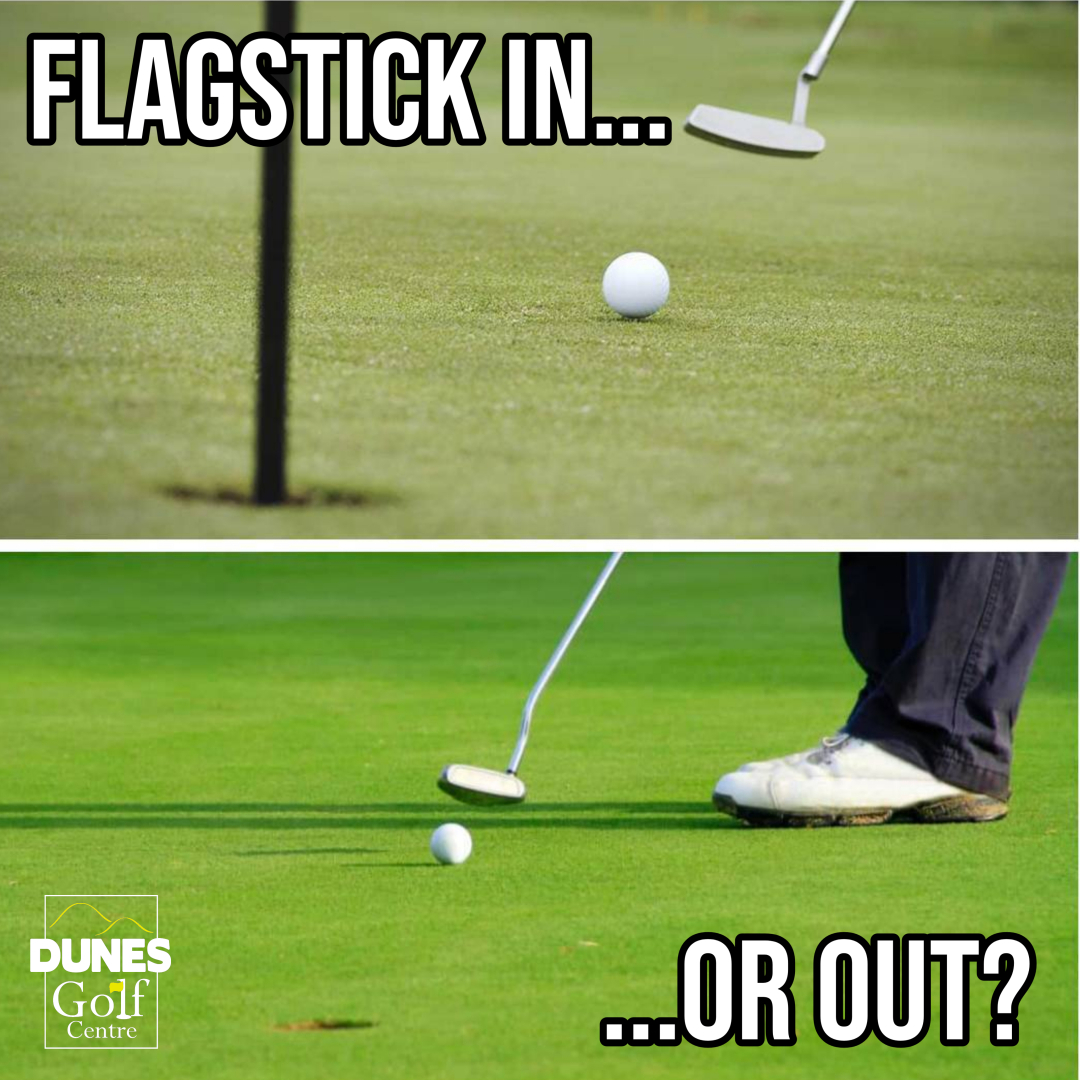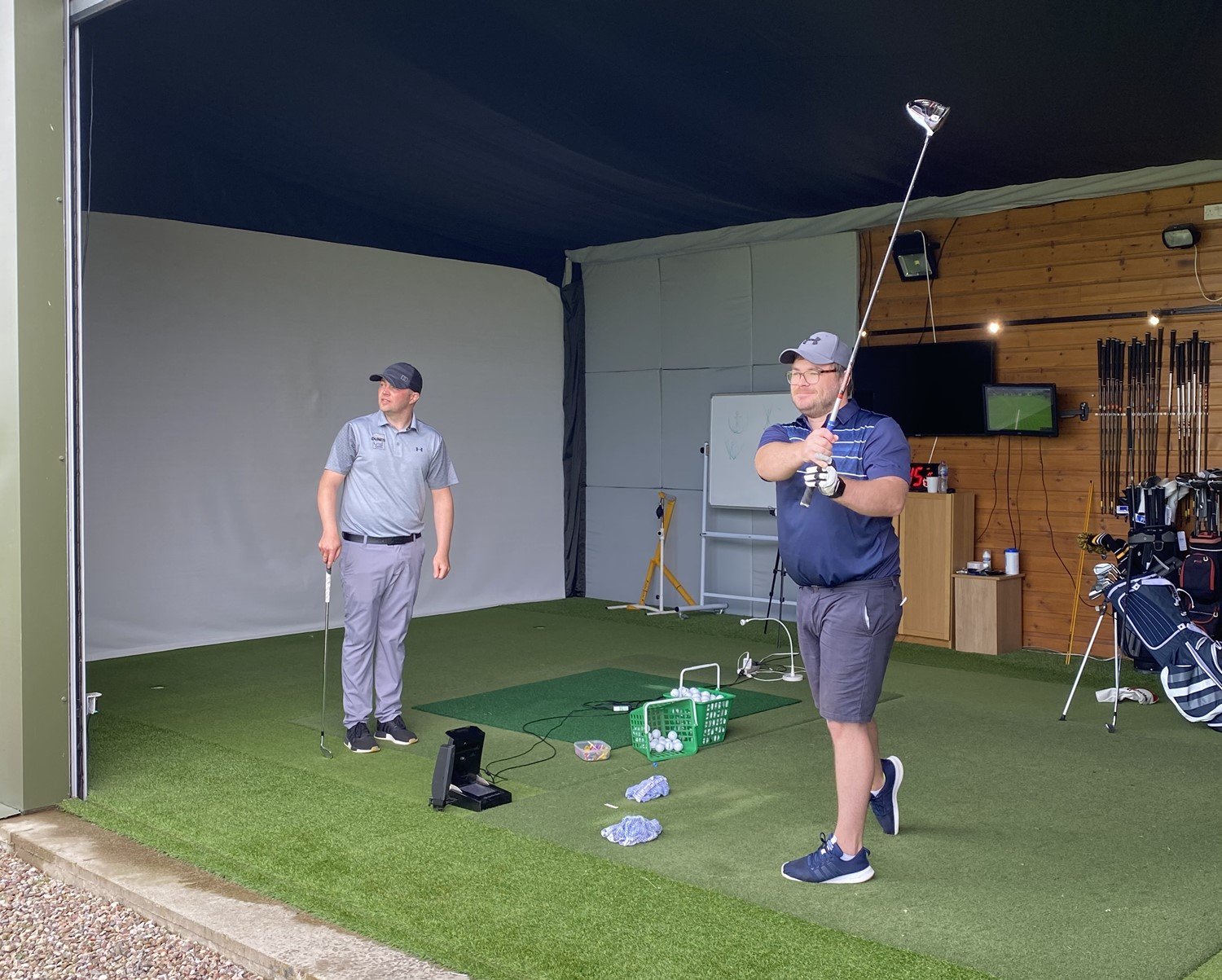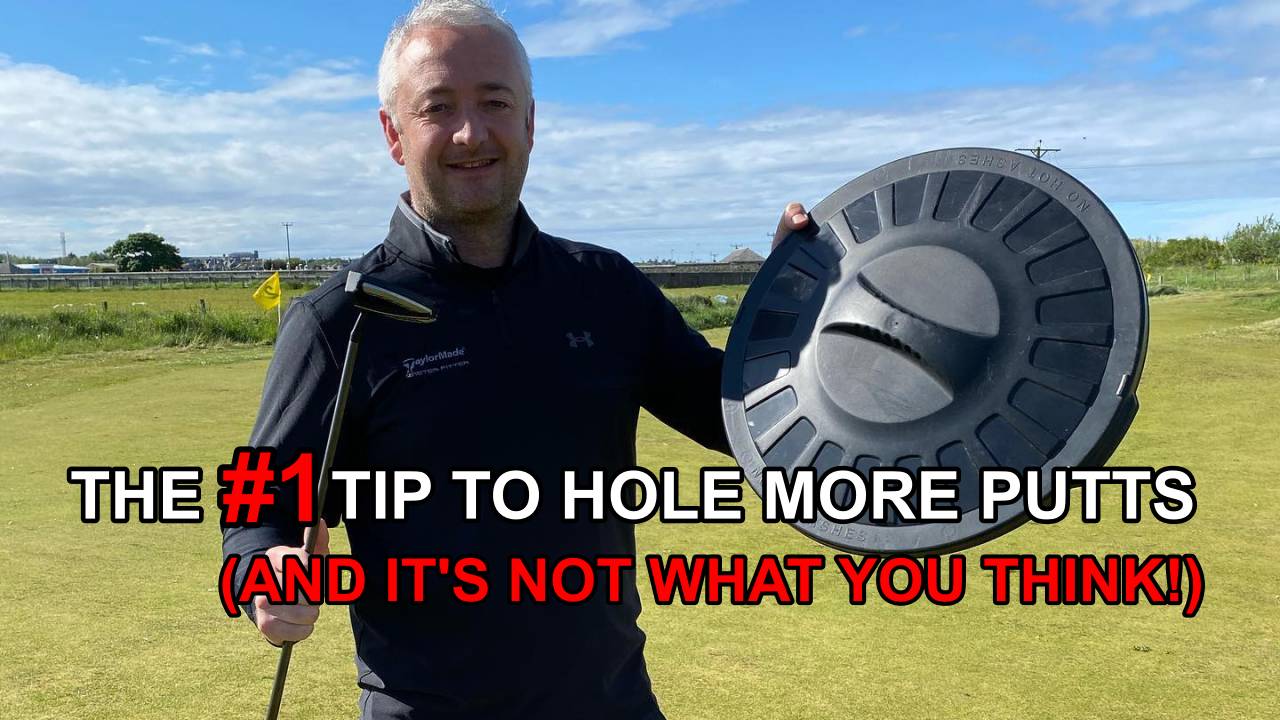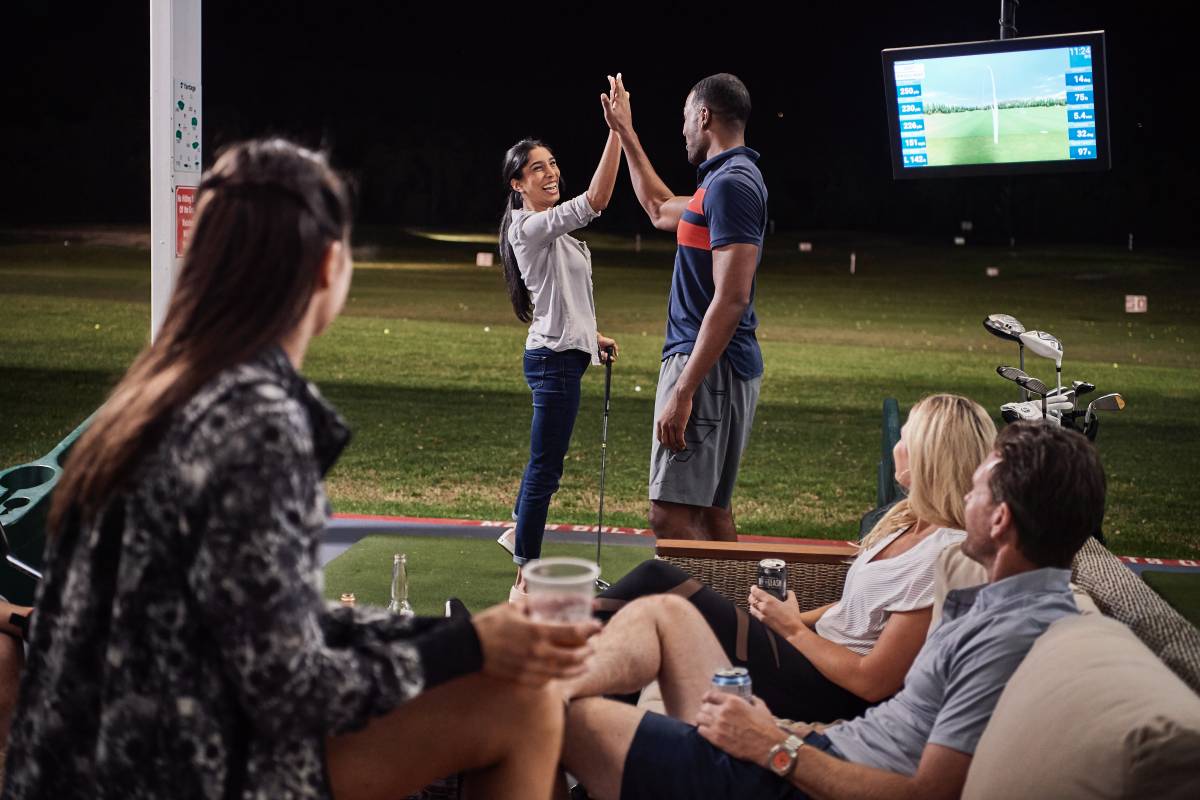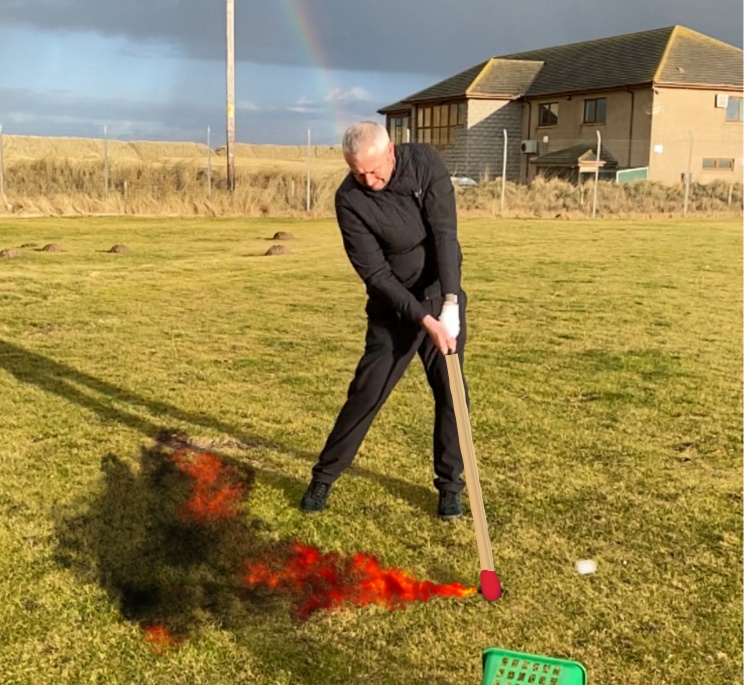The Knowledge Centre has lots of articles that will help you with your golf and understanding of the game.
Equipment reviews, 'how to' guides and lots more useful information from the team at Dunes Golf Centre.
Tee of by choosing one of the 'interest' categories below...
Choose a category below to search the knowledge base
In the pursuit of perfecting your golf swing, having the right equipment tailored to your unique movements is paramount. At […]
Golf is a game of nuance and technique. To those new to the sport or those who aren’t avid followers, […]
As golf enthusiasts, we often ponder over the secret formula that propels young golfers into champions. Could it be more […]
Introduction Choosing your golf equipment is a critical aspect of the game. At Dunes Golf Centre in Fraserburgh, one question […]
Introduction: In the landscape of golf, the game of precision, strategy, and mental acuity, there are numerous factors to consider […]
A Look at Current Golf Trends As your trusted golfing hub in Fraserburgh, we’re always discussing the latest trends, tips, […]
You may have heard the phrase “Practice makes perfect”. While there is an undeniable truth in it, let’s fine-tune it […]
This is the best advice I have EVER been given for putting In February 2006 I started as the head […]
It’s big and bold and we think you’ll love it! The Golf Driving Range at Dunes Golf Centre in Fraserburgh […]
It’s a question we get asked a lot! Here’s the scenario… You’ve found the fairway from the tee but you’re […]





